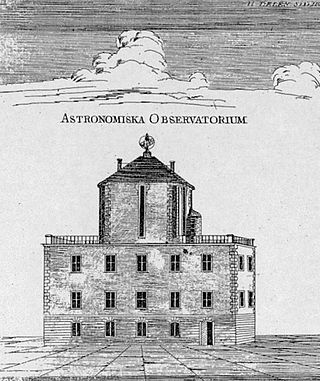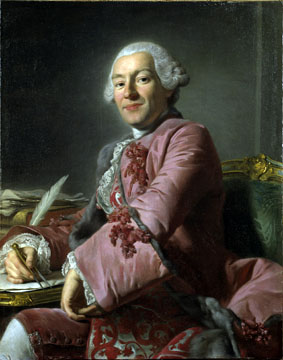
The pillory is a device made of a wooden or metal framework erected on a post, with holes for securing the head and hands, used during the medieval and renaissance periods for punishment by public humiliation and often further physical abuse. The pillory is related to the stocks.

The prison abolition movement is a network of groups and activists that seek to reduce or eliminate prisons and the prison system, and replace them with systems of rehabilitation and education that do not focus on punishment and government institutionalization. The prison abolitionist movement is distinct from conventional prison reform, which is intended to improve conditions inside prisons.

Capital punishment in Sweden was last used in 1910, though it remained a legal sentence for at least some crimes until 1973. It is now outlawed by the Swedish Constitution, which states that capital punishment, corporal punishment, and torture are strictly prohibited. At the time of the abolition of the death penalty in Sweden, the legal method of execution was beheading. It was one of the last states in Europe to abolish the death penalty.

Capital punishment in Armenia was a method of punishment that was implemented within Armenia's Criminal Code and Constitution until its eventual relinquishment in the 2003 modifications made to the Constitution. Capital punishment's origin in Armenia is unknown, yet it remained present in the Armenia Criminal Code of 1961, which was enforced and applied until 1999. Capital punishment was incorporated into Armenian legislation and effectuated for capital crimes, which were crimes that were classified to be punishable by death, including treason, espionage, first-degree murder, acts of terrorism and grave military crimes.
Christina Johansdotter was a Swedish murderer who killed a child in Stockholm with the sole purpose of being executed. She is an example of those who seek suicide through a death sentence for committing a murder.
In Sweden, the following homicide offenses exist:
The Infanticide Act, often referred to as "Infanticide act of Gustav III" after its instigator Gustav III of Sweden, was a historical Swedish law, which was introduced in 1778 and in effect until 1917, with alterations in 1856.

Socken is the name used for a part of a county in Sweden. In Denmark similar areas are known as sogn, in Norway sokn or sogn and in Finland pitäjä(socken). A socken is an rural area formed around a church, typically in the Middle Ages. A socken originally served as a parish. Later it also served as a civil parish or an administrative parish, and became a predecessor to today's municipalities of Sweden, Finland, Norway and Denmark. Today it is a traditional area with frozen borders, in Sweden typically identical to those of the early 20th century rural parishes. The socken also served as a registration unit for buildings, in Sweden recently replaced by identical districts as registration unit. A socken consists of several villages and industry localities, and is typically named after the main village and the original church.

The status and rights of Women in Sweden has changed several times throughout the history of Sweden. These changes have been affected by the culture, religion and laws of Sweden, as well as social discourses like the strong feminist movement.
Hedvig Elisabet Strömfelt was a Swedish courtier. She served as överhovmästarinna to two queens of Sweden, Ulrika Eleonora of Sweden and Louisa Ulrika of Prussia, and as Royal Governess to the royal children. Gustav III of Sweden refers to her with affection and admiration in his writings.

Events from the year 1860 in Sweden

Events from the year 1858 in Sweden

Events from the year 1855 in Sweden

Events from the year 1741 in Sweden

Events from the year 1754 in Sweden

Events from the year 1686 in Sweden

Murders and executions in Stockholm, Sweden have been documented since the 1280s, when King Magnus Ladulås ordered the execution of three magnates of the Privy Council, who had been accused of several "traitorous acts against the throne". The city's murders between the middle of the 15th century and the middle of the 17th century have been documented fairly well in the logs of Stockholm City Court. Violence with a deadly outcome was most common during the Middle Ages, a trend which had more than halved by the beginning of the 1700s. The most common cases of manslaughter and murder usually involved fights between men where alcohol was involved.

Sweden was a country with few witch trials compared to other countries in Europe. In Sweden, about four hundred people were executed for witchcraft prior to the last case in 1704. Most of these cases occurred during a short but intense period; the eight years between 1668 and 1676, when the witch hysteria called Det stora oväsendet took place, causing a large number of witch trials in the country. It is this infamous period of intensive witch hunt that is most well known and explored.
Kyrkogångsplikt was the legal obligation of the population in Sweden to attend weekly mass.

Johan Henrik Thomander was a Swedish professor, bishop, translator and author. He received his doctorate in theology in 1836 and was elected to the eighteenth chair of the Swedish Academy in 1856.















